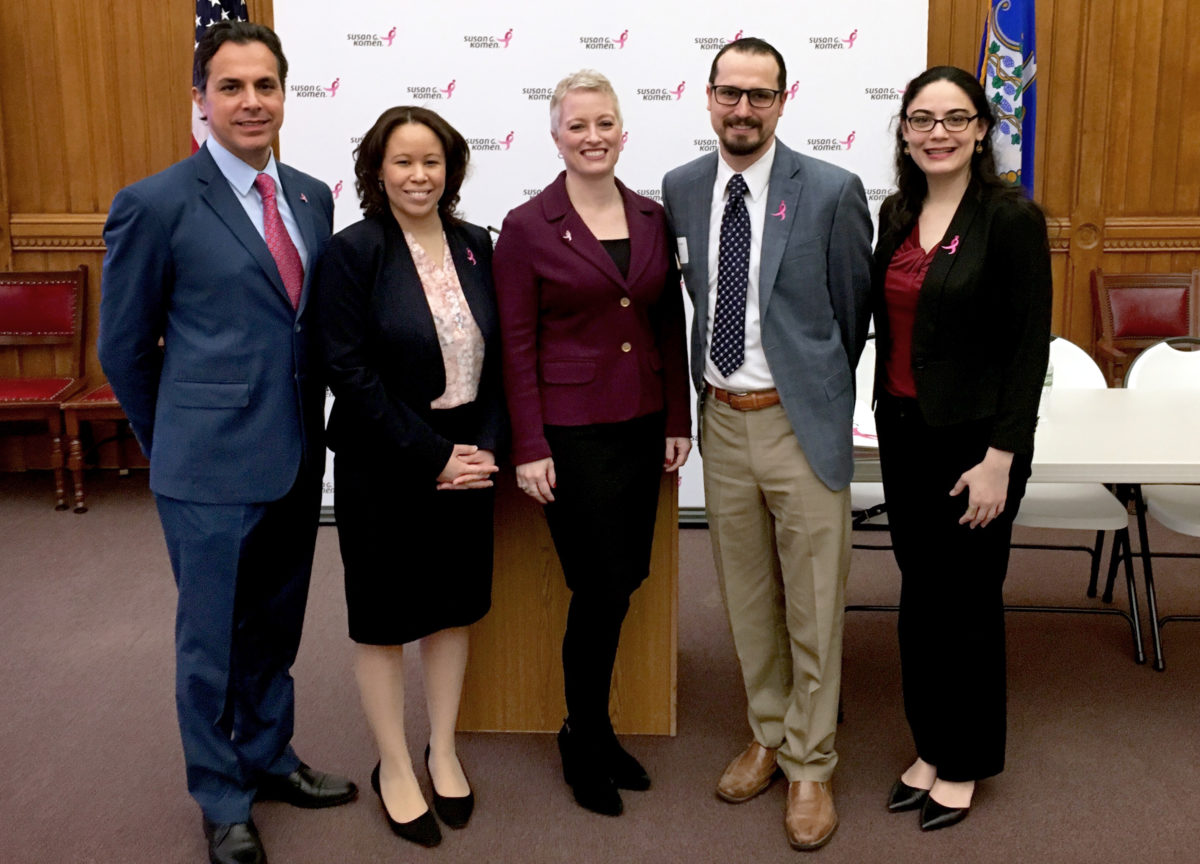Trademark law protects consumers against confusion between company names, brands and other indications of origin.
For example, it would arguably violate trademark law and infringe the rights of Walmart, if a retailer opened a store named “Wal-Mate” because consumers would be confused into thinking that the two were associated. That kind of comparison seems simple enough to make, but it leads individuals and businesspeople to mistakenly believe that the effective protection of trademarks is likewise simple.
Online trademark services and other “trademark mills” encourage this kind of misconception by offering rock-bottom prices for trademark filings, asking few questions of applicants and failing to provide sophisticated legal advice. As with most things in life, though, there are some ways of doing things that are better than others.
TRADEMARK ADOPTION
The nuances of trademark law come into play at the inception of adopting a new company name or brand. The most common misconception is that the best branding strategy is to adopt a mark that tells consumers exactly what they are buying. For example, Instant On would make a great name for a hot water heater or an igniter for a barbecue grill. However, this approach runs smack into a wall when applying for registration. The trademark laws do not allow one to register a new name that merely describes a feature or function of the product.
This misapprehension is exacerbated when clients look to other names as examples. The descriptive name Food Network is registered only because it has developed a reputation, an exception to the rule preventing registration of descriptive terms. It ordinarily takes millions of dollars in advertising and sales and years of use, before a descriptive term is entitled to registration. As a result, if an applicant wants to protect its name against use by others, unless it is prepared to put the time and money into achieving notoriety, it should refrain from adopting a descriptive name.
TRADEMARK SEARCHING
Many business owners are unaware that it is possible to search the availability of a new name or mark, or even the fact that the U.S. Patent and Trademark Office will run its own search when examining a new application. Even if they are aware of the latter, it would be unwise to rely entirely on the findings of the Trademark Office. The office examines whether there is a likelihood of confusion only with earlier active applications and registrations. Just because it approves an application does not eliminate any trademark risk. Third parties with prior unregistered rights, developed through use, can still petition to cancel a registration within the first five years after it issues. This makes the searching done by the Trademark Office of limited value when evaluating marketplace risk.
The limitations of Trademark Office searching are why trademark attorneys often suggest ordering and reviewing a full trademark search provided by an outside search company. In addition to more comprehensively searching the Trademark Office records, these searches cover state registrations, company names found in business directories, domain names and unregistered names and marks found in publications and on the Internet. Just like a doctor would have a hard time diagnosing a medical condition without examining the results of an MRI, a trademark lawyer is not really able to provide an opinion on the availability of a mark for use or registration without reviewing a full trademark search report.
TRADEMARK FILING
Beyond trademark naming and searching, the misperceptions about trademark rights continue through application filing.
Trademark rights exist only in relation to specific goods and services. Identifying the most appropriate goods and services to cover is part of the art of trademark practice. Trademark applicants often think it is necessary to identify every possible item they may sell or service they may provide in order to adequately protect the mark, but there are all kinds of downsides to overbroad coverage. It may result in a more expensive application, increase the risk of conflict with third-party marks and make the application vulnerable to attack by others on the ground of fraud. In most cases, a narrowly tailored application should still protect the mark for closely related goods.
In the rush to get an application on file, many trademark owners fail to appreciate that a carefully crafted application will also mitigate the risk of refusal by the Trademark Office. There are all kinds of statements that an applicant can make when filing to avoid inquiry or objection by the examining attorney. These include disclaiming any descriptive portion of a mark, indicating whether the mark has any meaning or significance in connection with the goods or services, translating any foreign wording in the mark and describing the features of any design elements. Failing to be proactive when filing and dealing with such office actions later raises the ultimate expense of an application and delays issuance of the registration.
The foregoing offers a glimpse into just some of the myriad misconceptions involved in trademark adoption, clearance and filing. These misunderstandings can easily be cleared up by consulting in advance with experienced trademark counsel, who can provide a cost-effective strategy for minimizing risk while maximizing the scope of trademark protection.
Peter S. Sloane is a partner at Leason Ellis LLP, an intellectual property law firm in White Plains. He can be reached at sloane@leasonellis.com or 914-821-9073.

















